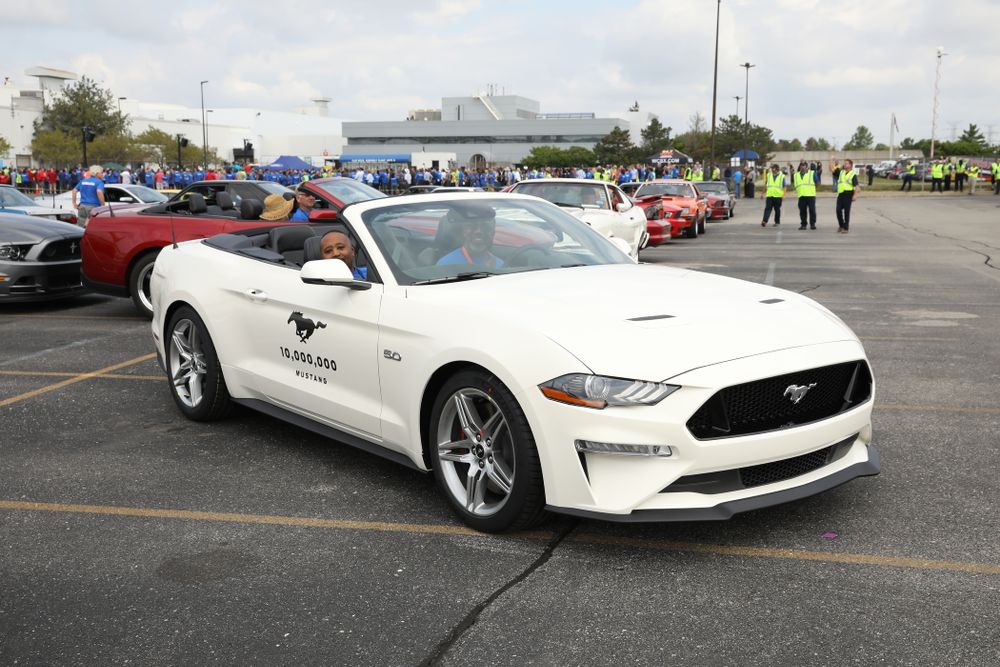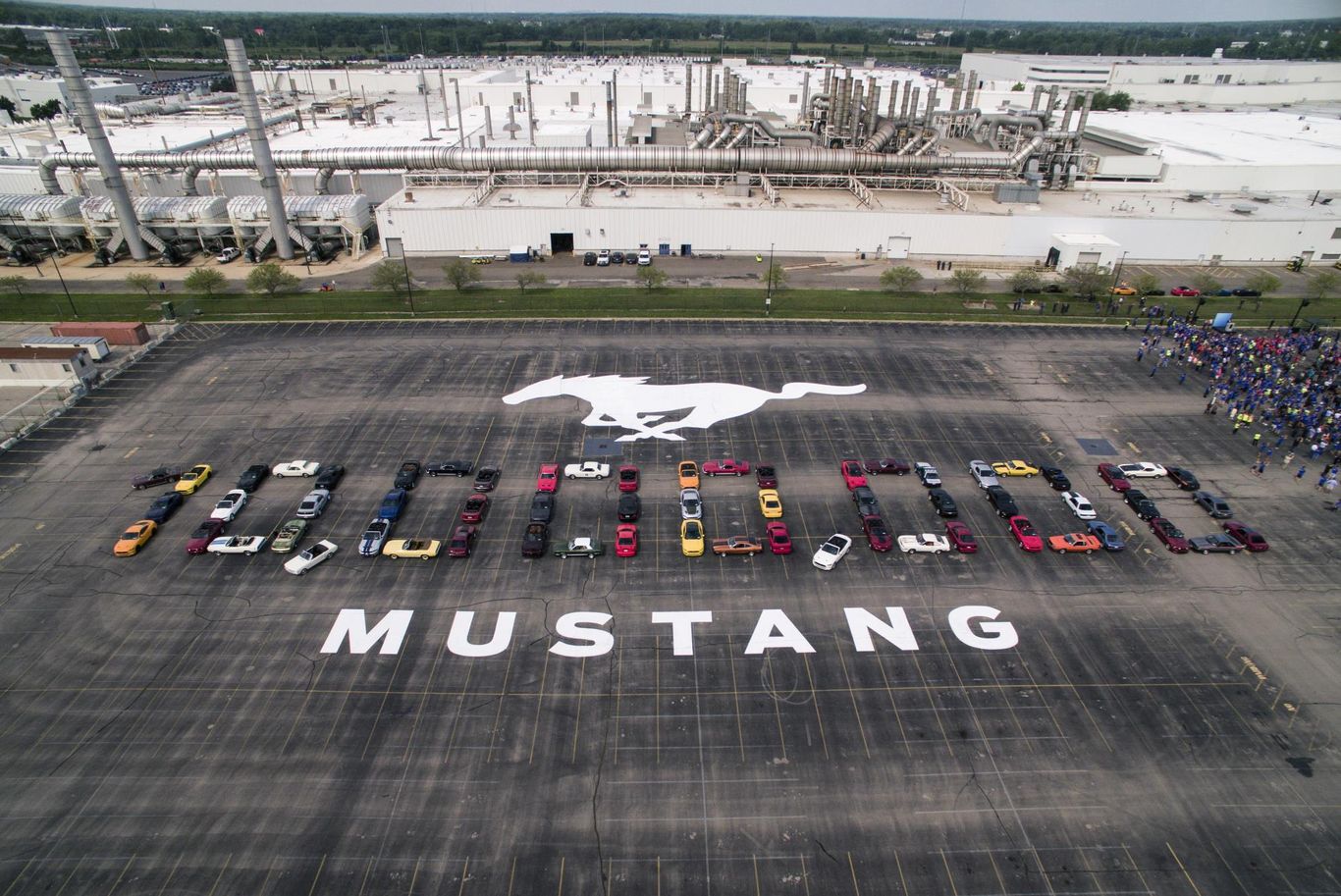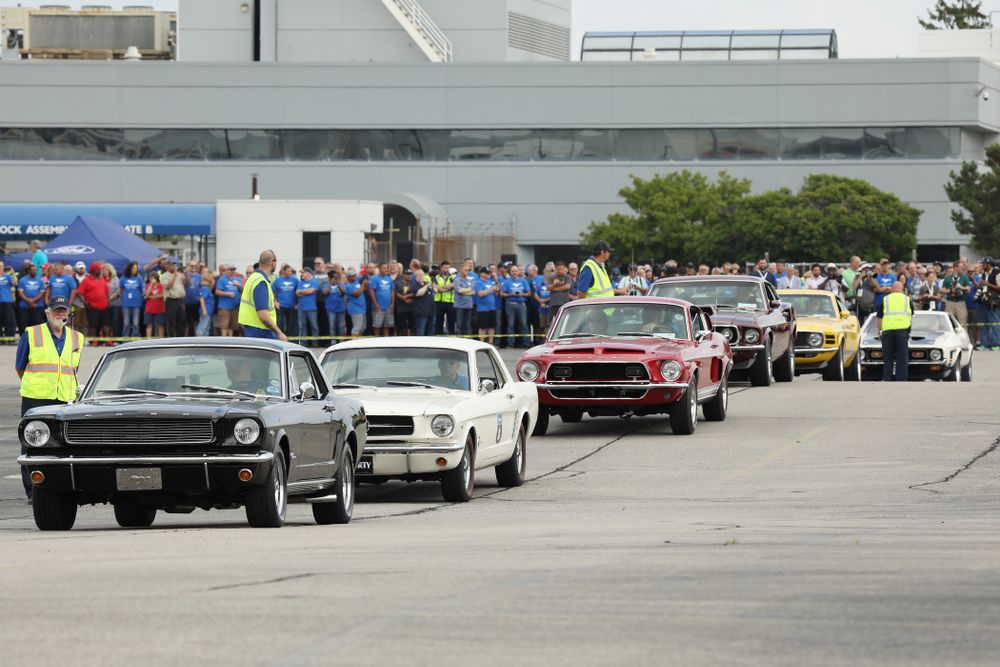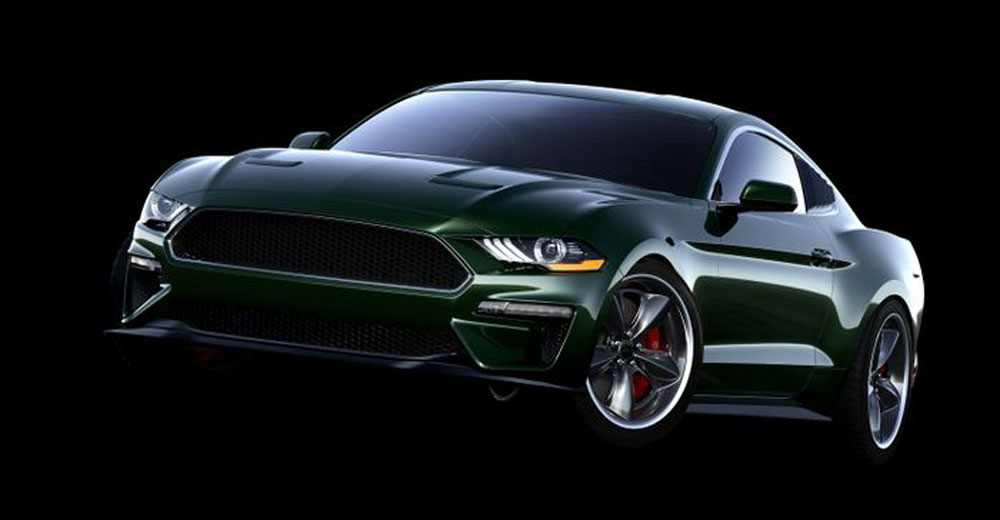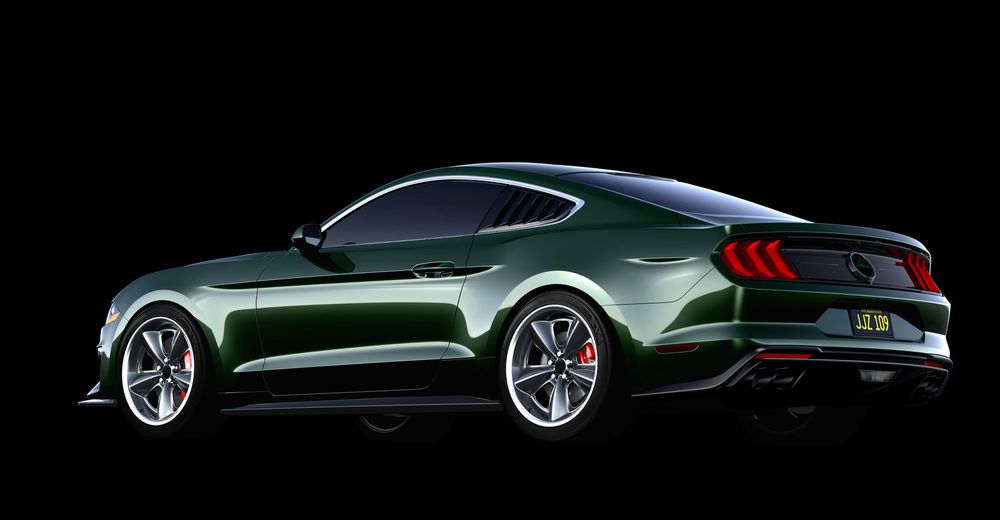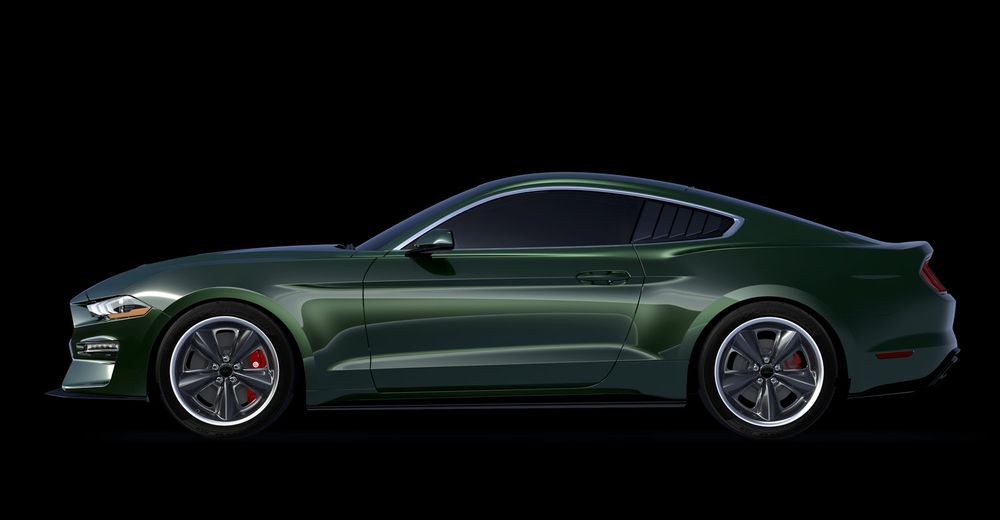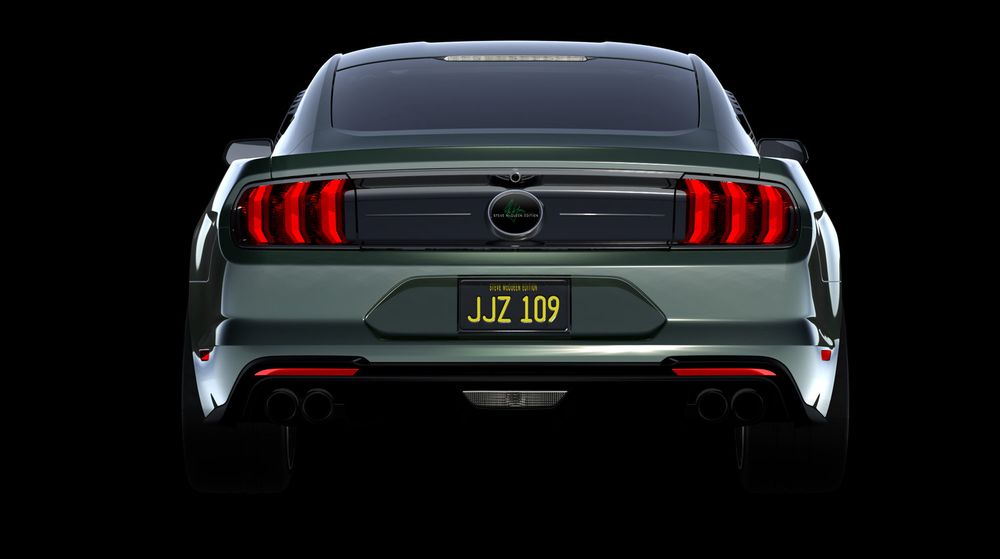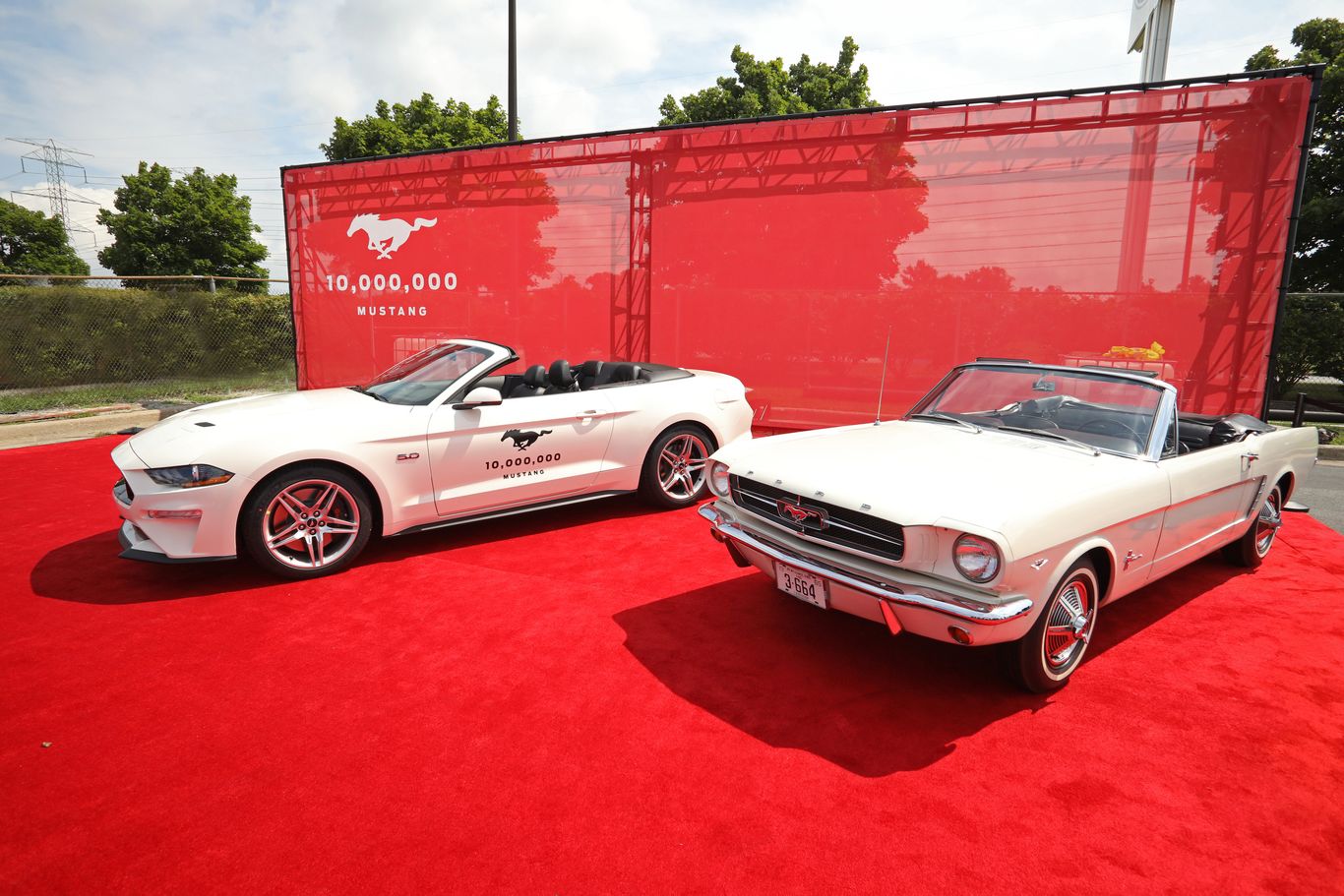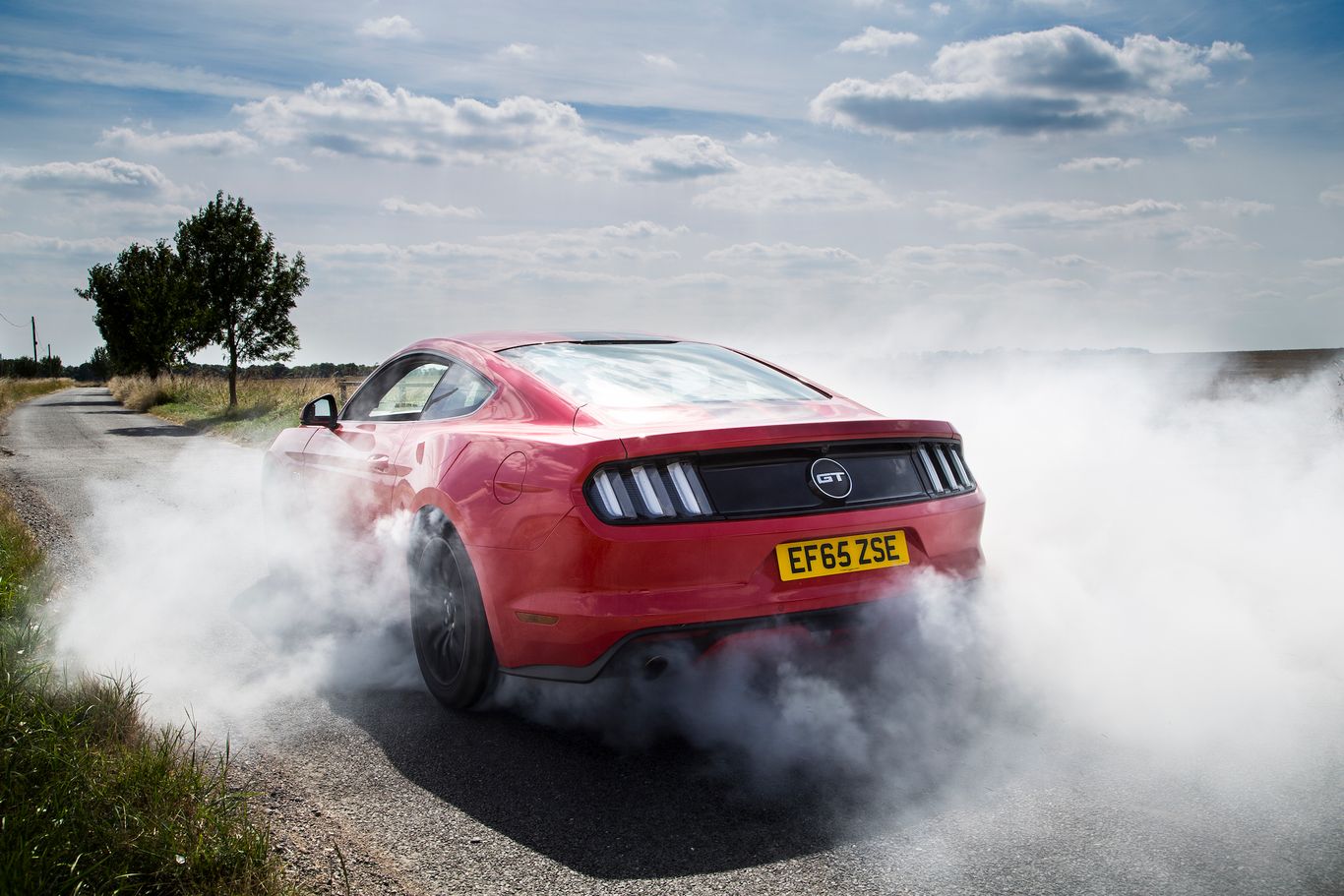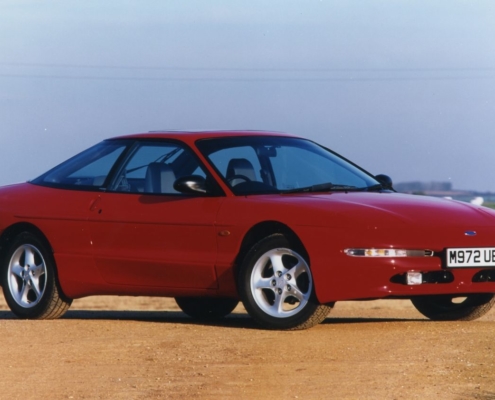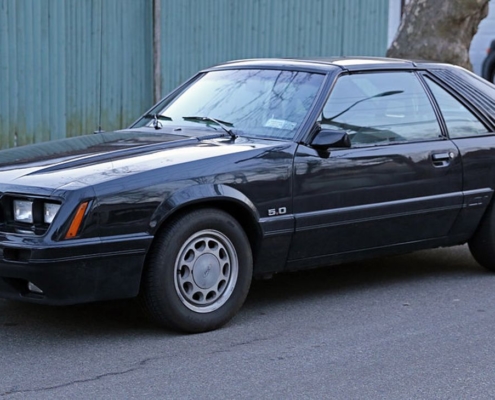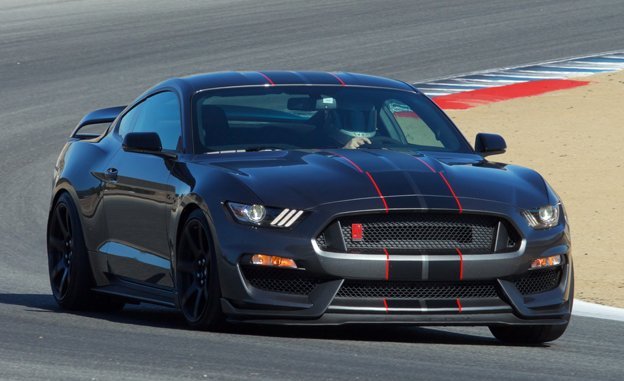► Porsche unveils new 911 RSR race car in Los Angeles
► Eschews rear-engined configuration for mid-engined set-up
► Naturally aspirated flat-six develops 503bhp – with restrictors!
A new Porsche 911 RSR racer is always a big deal, but the latest RSR is a bigger deal than most – sacrilegiously, it’s mid-engined.
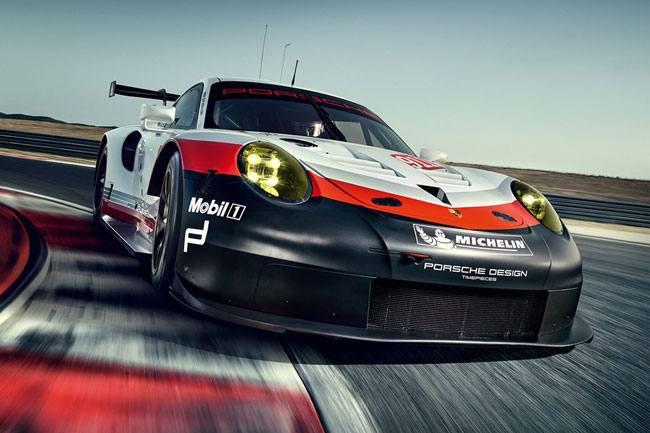
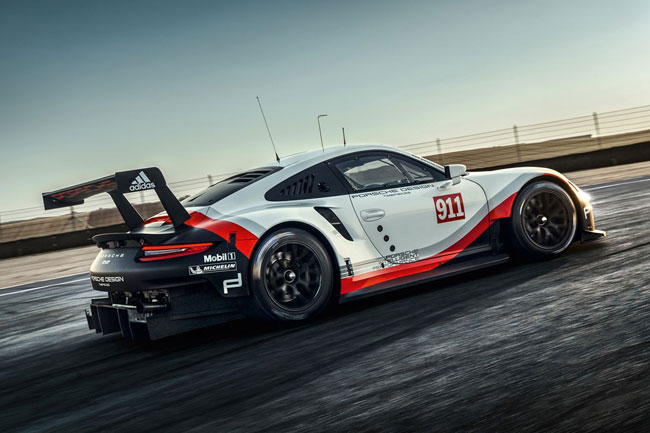

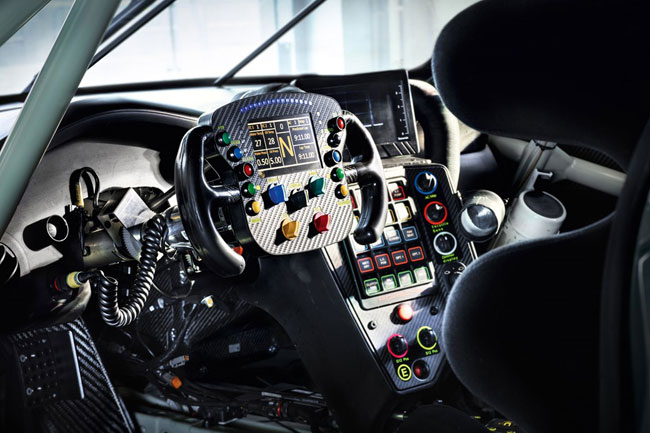
To allow for an optimized weight distribution (which in turn allows for more efficient use of the car’s tires over the length of a racing stint) and more efficient aerodynamics, Porsche has taken a long hard look at the rulebook and, with a little ingenuity, pushed the 911’s flat-six into the middle of the car – ahead of the rear axle, for the first time since 1995’s 911 GT1 prototype.
The wheelbase, too, is increased over that of the production car – but both developments are legal within the regulations and key to a next-generation racer tasked with humbling LM-GTE rivals Ferrari, Ford, Lamborghini and Corvette.
‘This is the biggest evolution in the history of our top GT model,’ says Porsche Motorsport boss Dr Frank-Steffen Walliser. ‘The new 911 RSR is a completely new development: the suspension, body structure, aerodynamic concept, engine and transmission have all been designed from scratch.
‘Honestly, it is a pretty fundamental change, and the car is completely different to the GT1 – that was a prototype. With the RSR we have stayed on the 911 platform and changed what was necessary. It was an important step for us, to come back and have a competitive car.
“Joking, I would say the ideas has been around since 2005! But we had some interruptions, some protests. I took over this role in October 2014 and this was the most important task. We made a decision in March 2015, and then the engineering started.”
While Walliser refuses to rule out a mid-engined GT road car, it’s unlikely – the established 2+2, rear-engined configuration works nicely in Porsche’s production 911s.
The RSR’s engine is the 4.0-liter motorsport naturally-aspirated flat-six: the old Mezger unit, which featured in the 991 RSR, is now fully retired. Breathing through restrictors to ensure parity withPorsche rival engines of all shapes and sizes, from turbocharged Ferrari V8s to the Ford’s twin-turbo EcoBoost V6, the RSR engine develops some 503bhp, transmitted to the rear slicks via a six-speed sequential gearbox (in a magnesium casing, naturally) and a three-plate carbon clutch.
Turbocharging was considered but discounted for its weight penalty and the adverse effect it would have had on weight distribution, the primary reason for the shift in engine location.
The revised engine layout has radically altered the RSR’s aerodynamics. Pushing the engine forward has allowed for a far bigger diffuser, while ‘swan-neck’ rear wing mounts, inspired by Porsche’s LMP1 prototype, confer a slight efficiency advantage since the more critical under-wing airflow is left free of strut-derived turbulence.
‘When you shift the engine you have the space in the rear for a bigger diffuser and there’s an aero advantage to that,’ explains Walliser. ‘That’s the second step that makes the concept stronger. It’s a significant advantage over the old car, though direct comparisons are difficult because of the different tyres.’
The RSR’s debut will be the US IMSA WeatherTech series opener at Daytona, the 24-hour heartbreaker that taught Ford valuable lessons about its then-new GT in January 2016. Like Ford, Porsche makes no bones about the RSR’s primary objective. ‘Reliability is the most important thing at the start, then we go after performance – everything must be sorted out for Le Mans,’ says Walliser.
